|
Although Mother Nature doesn’t always follow the rules, there are “typical” patterns to weather that help sailors like us plan our journeys. A big one is that hurricane season starts on June 1 and goes until November 1. These were dates we kept our eye on as we made our way south from Lake Ontario to Grenada. Along the way, we also learned about the Cape Verde Hurricane Season which typically starts late July or early August and runs through early October. This is the time period where tropical waves develop off the coast of Africa and start heading west. Since they have a long way to go, they have a lot of time to build into monsters. Most major Atlantic hurricanes come from these waves and even the lesser Tropical Depressions and Tropical Storms have an origin off the coast of Africa. Knowing all of this, we chose not to have a hard and fast deadline of June 1 to be in Grenada, but we did want to make sure we were in striking distance should a troubling tropical wave system develop early, before the end of July. Well, that is exactly what happened this week. Just over a week ago, we were in northern Dominica. At that time, we received very early reports of a tropical wave that might make landfall in the Eastern Caribbean, although it was forecasted to more likely track north before reaching land. With a week to go, no one could predict with any certainty this system’s actual path or intensity. It was a guessing game. No rush, but we did want to be well positioned in case we had to make a run for Grenada. By Saturday, our pending tropical wave was now called “Invest92” and we kept our eyes peeled for any news on its path or intensity. So far, so good. On Sunday, we headed to the beautiful island of Martinique and anchored at the port of St. Pierre. This was the site of a volcano eruption in 1902 that killed 30,000 people and devastated the town itself. We walked around the town, and were wowed by the ruins, the history and the incredible way that this town had rebuilt itself. With news that Invest92 had developed into a Tropical Storm and that it could possibly make landfall in the Martinique area, we decided to not stay an extra night in St. Pierre. We had three good travel days ahead of us and we decided to take the prudent approach and sail to a southern anchorage on Martinique, the city of Fort de France. On our way there, we received reports that Bret was expected to grow in intensity and could very well become a category 1 hurricane. Bret’s landfall targets were estimated to be Martinique or St. Lucia, the very next island to the south of Martinique. As soon as our anchor was down in Fort De France, we dinghied over to our buddy boat Caretta. Both boats were of like mind. We didn’t want “surviving a hurricane” to be part of our sailing portfolio. The decision was made to leave the following morning for Grenada, a 130 nautical sail (24 hours of travel for our boats). We used the rest of the day to top up our diesel tanks, buy groceries and set up the boats for another overnight. We set off for Grenada at 0900 and enjoyed a solid eight hours of gorgeous sailing in 20-24 knot winds. Then, as we neared the southern coast of St. Lucia, the wind died to a miserable 5 knots. On went the motor and we continued along into the night, motor sailing with increasingly bouncy swells. Just after midnight, thunder and lightning started to dance around us and the rain came down with force. Squall after squall soaked us and made for an uncomfortable several hours. To add insult to injury, Caretta hailed us on the VHF just after 0400 hours. Their engine had died. Then the rain started again. Yeesh. We were low on energy and enthusiasm as daylight broke. What picked us up? Seeing the wonderful hills of Carriacou, just a few hours away. We arrived at 0800 with Caretta just behind us, using their dinghy as their alternate motor to enter the Tyrrell Bay anchorage. The rest of Wednesday was used to rest and reconnect. Our wonderful buddy boat Kamana had arrived in Tyrrell Bay just the day before! We got to chat and shop a bit before we all hunkered down for the high winds expected from Tropical Storm Bret. Indeed, Bret was now expected to go directly between Martinique and St. Lucia with sustained winds of 60 knots, just a few knots shy of a category 1 hurricane. All of the Eastern Caribbean would feel his effects, to lesser degrees outside of his centre. Were we worried? No, we were in a protected anchorage, have an excellent anchor and made sure we were well set for the strongest winds. We slept soundly. The next morning, it was a different story. Wild Horses remained well set but several of the boats in the anchorage started to drag anchor once the winds reached over 40+ knots, at 0815 hours. Unfortunately, one of them dragged into Wild Horses. For two hours we fended off the boat Nirvana. Her rudder had wrapped around our anchor chain and she was pinned against our hull, our rigging entangled and her dinghy sideways between our boats with its motor scratching its way around our hull. In the pouring rain, I tried to fend her off while Mike stayed at the helm, managing the boat direction. Nirvana was causing excessive strain on our anchor and we began dragging ourselves. Thankfully, our rocna anchor reset and held. Just a note about Ocean during this whole ordeal - her mindset was chill. She even reached out and gave Justin (the captain of Nirvana) a kiss as our boats were intermingled. Brilliant. As a last ditch effort, Mike strongly powered Wild Horses forward and bowthrusted to starboard. Yes! We were free of the boat. But we had been dragged backward enough that we threatened the boat behind us. We shortened our anchor chain, while the boat behind us lengthened his anchor chain and we could feel the ease of some space. We were finally in a position to take a deep breath. Once the wind lightened, we assessed the damage to Wild Horses. Our port navigation light was gone and we had some scratches along our bow but, incredibly, there was no other damage. I write this now, just a few hours later. The winds are light, and the sun is shining. Wild Horses is no longer in danger. We are exhausted but grateful. No one got hurt and Wild Horses’ damage was minimal (you should see the other guy – deep hull scratches, damaged dinghy + stainless, and his dinghy motor was lost). The owners of the other boat offered to pay for the damage, of course, but we declined. We learned a lot through this experience and a $50 light is a small price to pay. Enjoying Sailing Wild Horses and want to check in on where we are today? Click the Button below.
Comments are closed.
|
AuthorVictoria is a hiker, dog-lover, blog writer and planner extraordinaire. Oh, yeah and she is kind of fond of living on a boat. Categories
All
Archives
June 2024
|
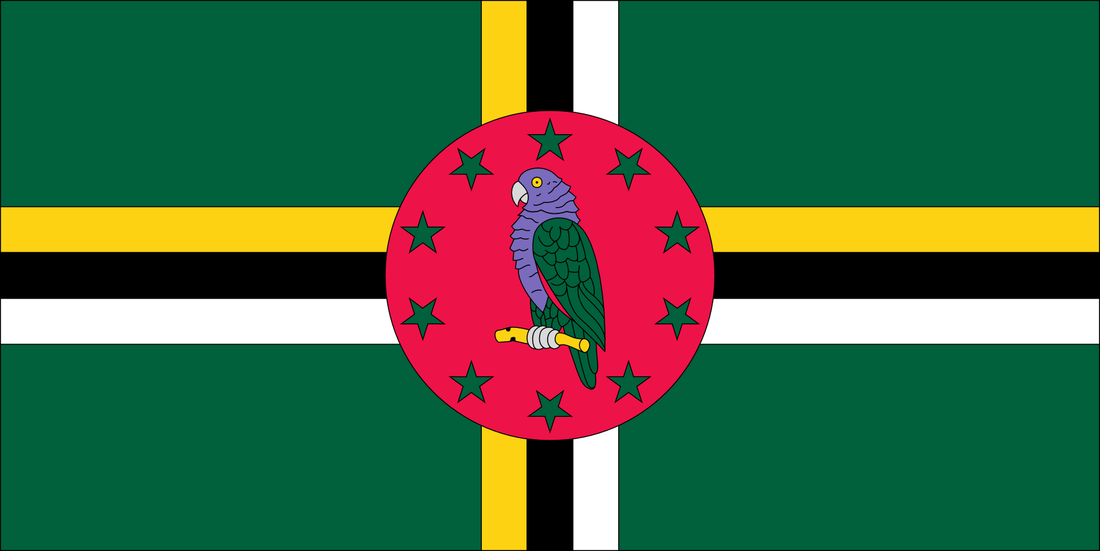

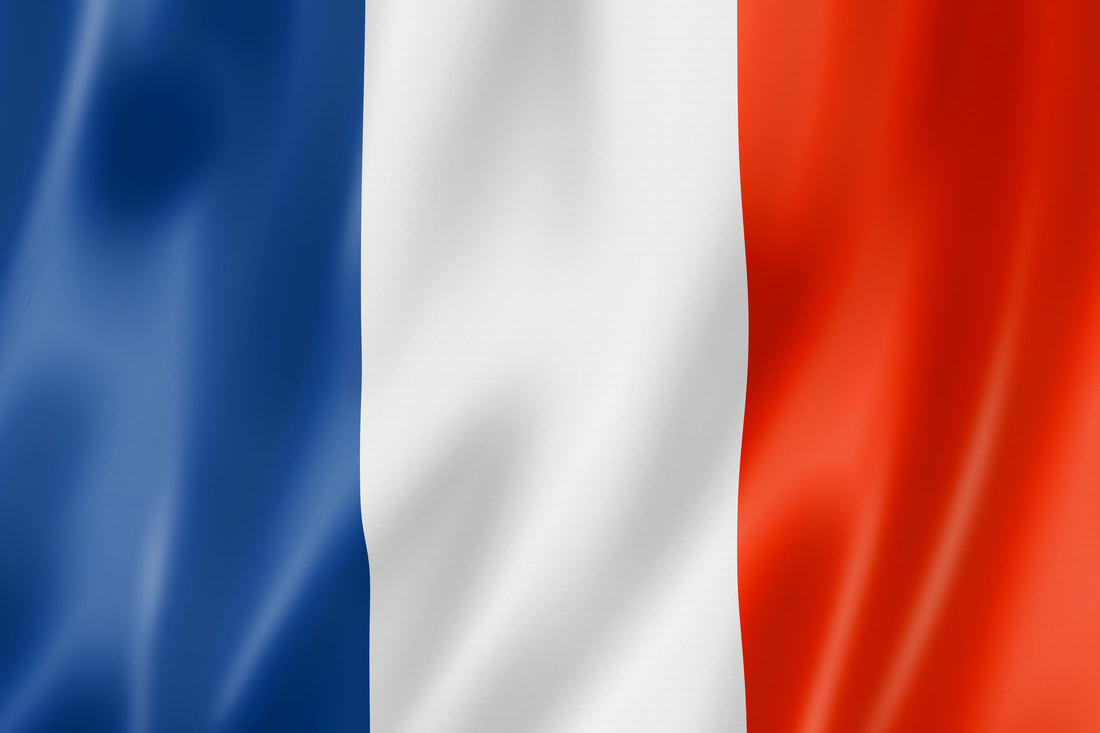
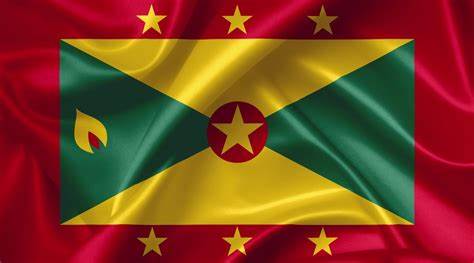
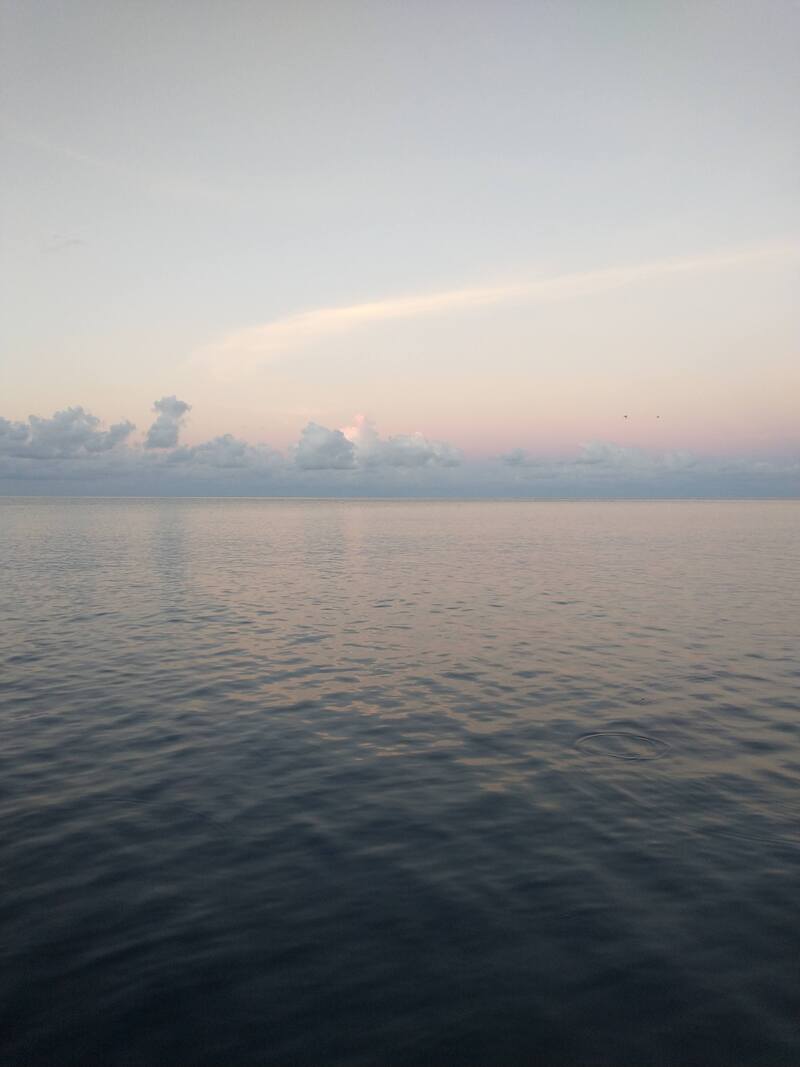
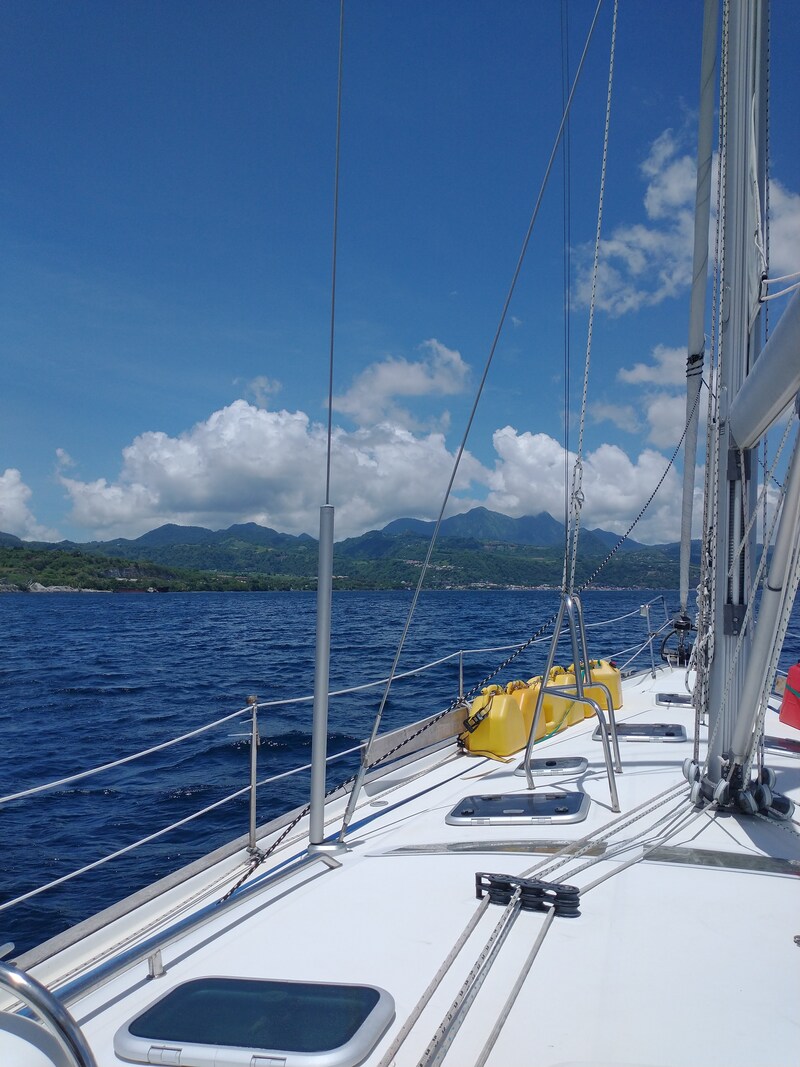
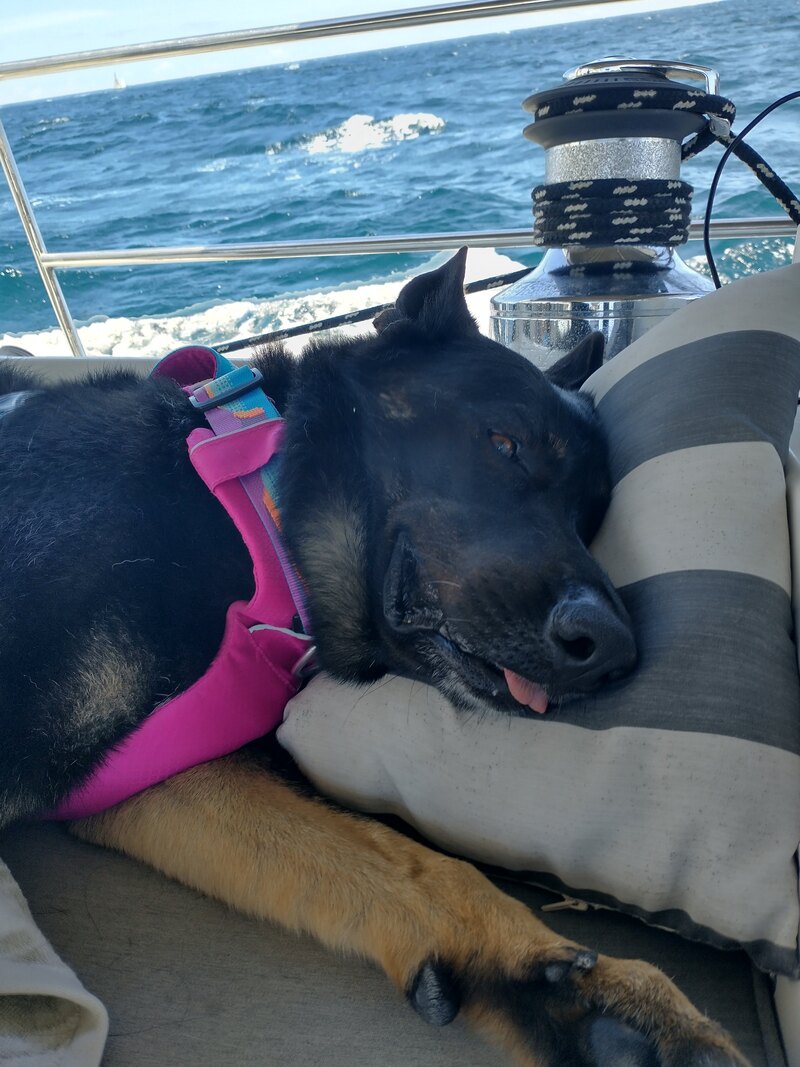
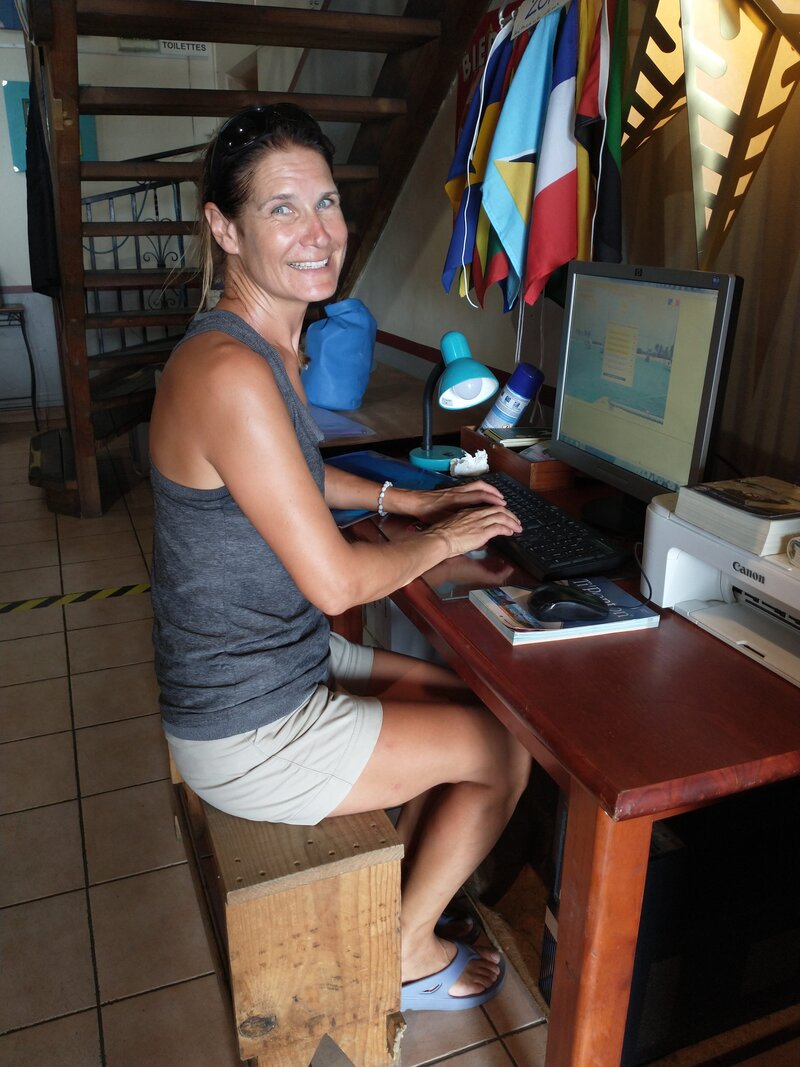
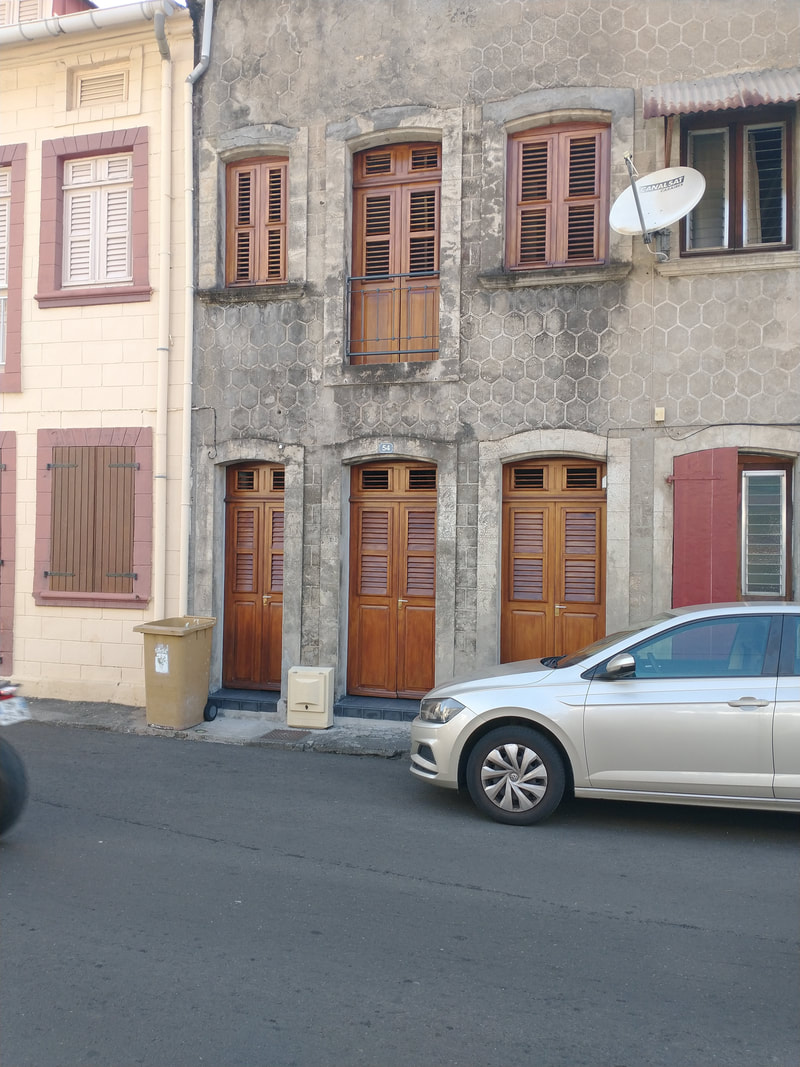
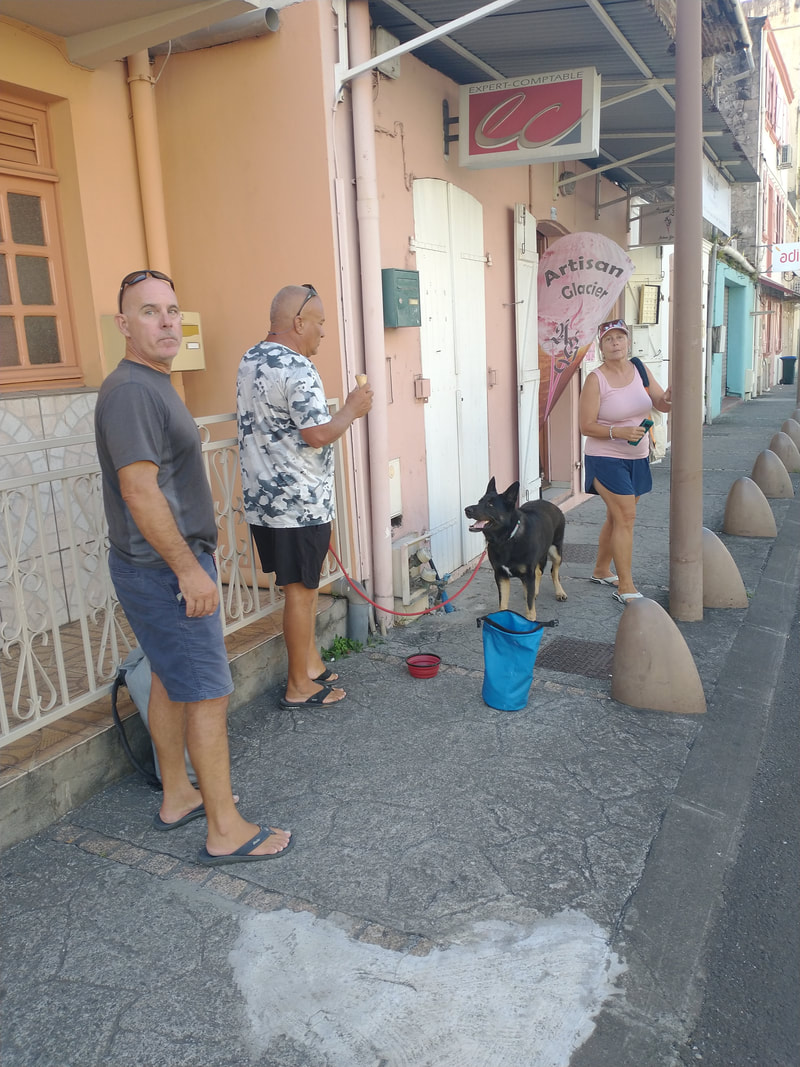
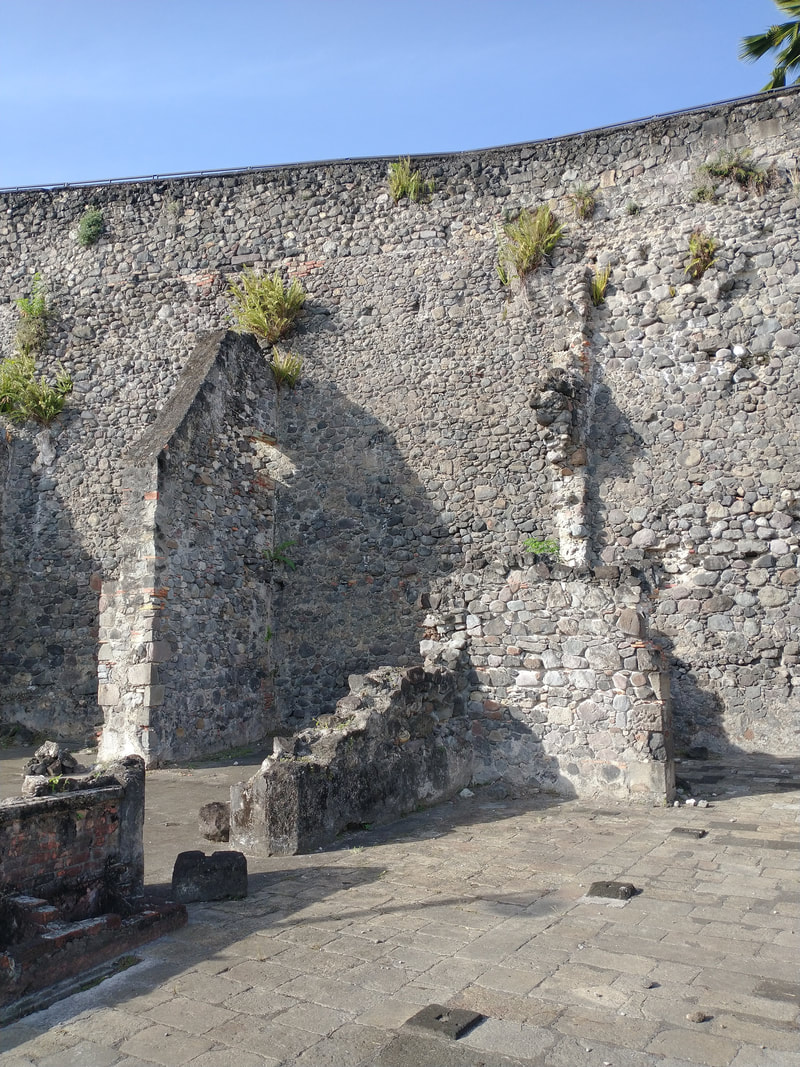
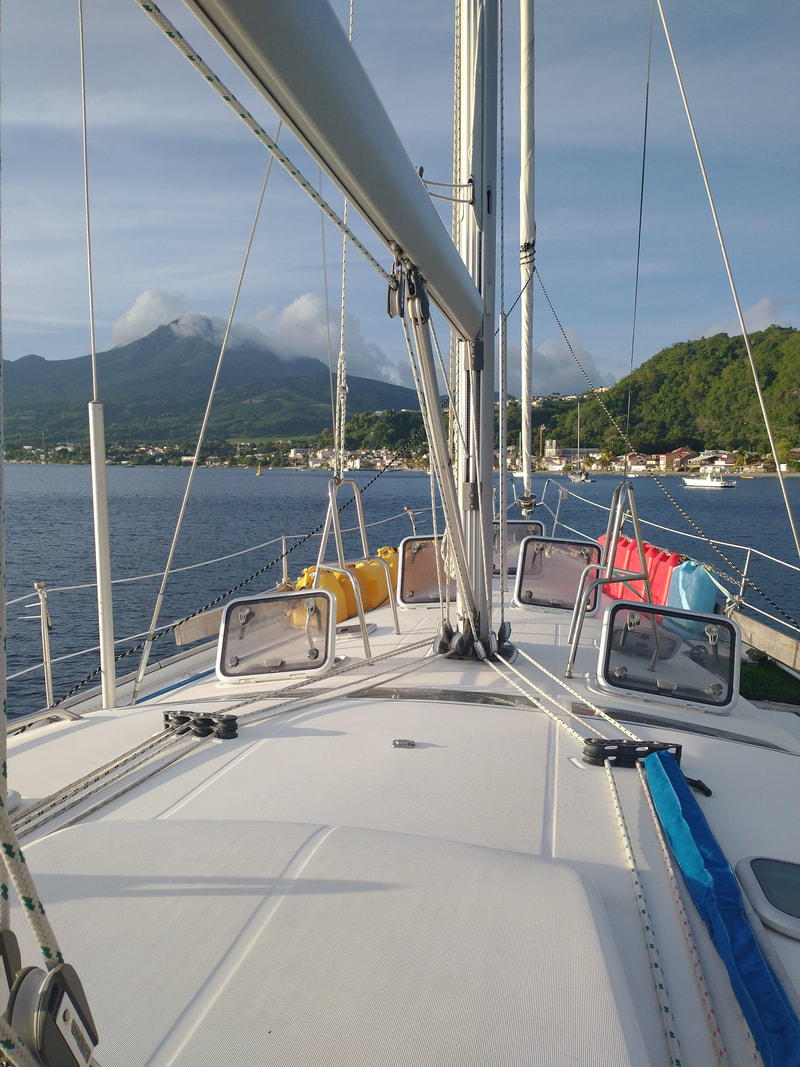
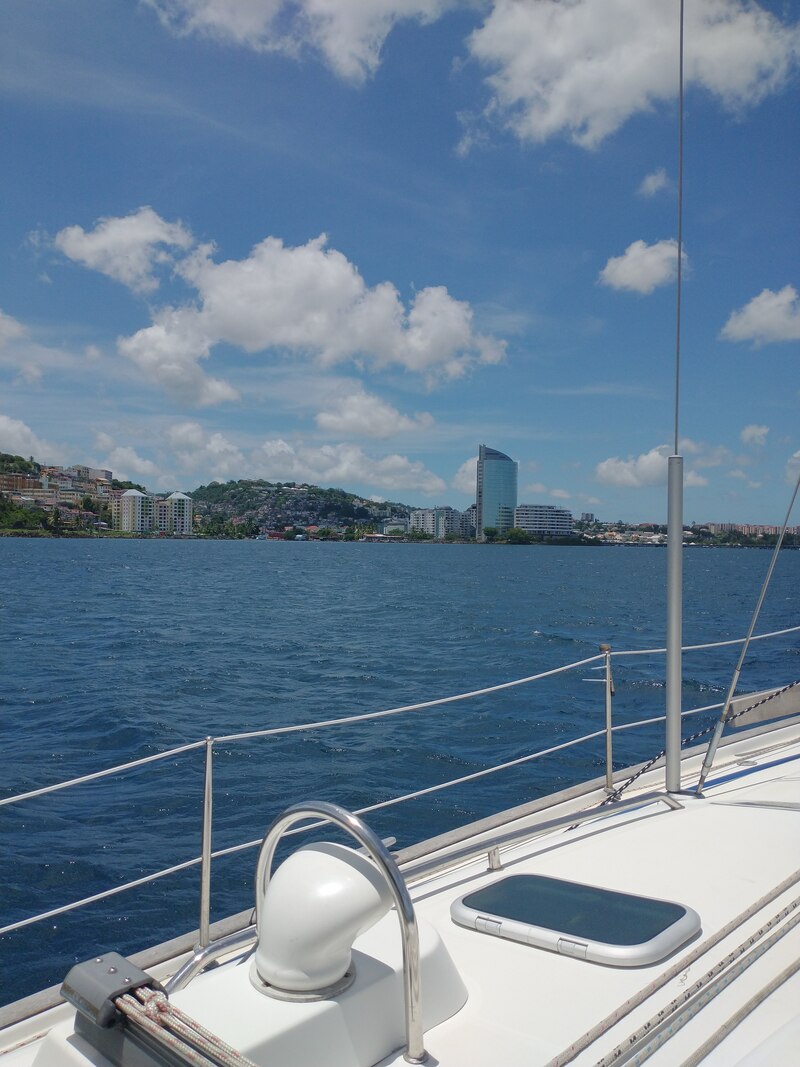
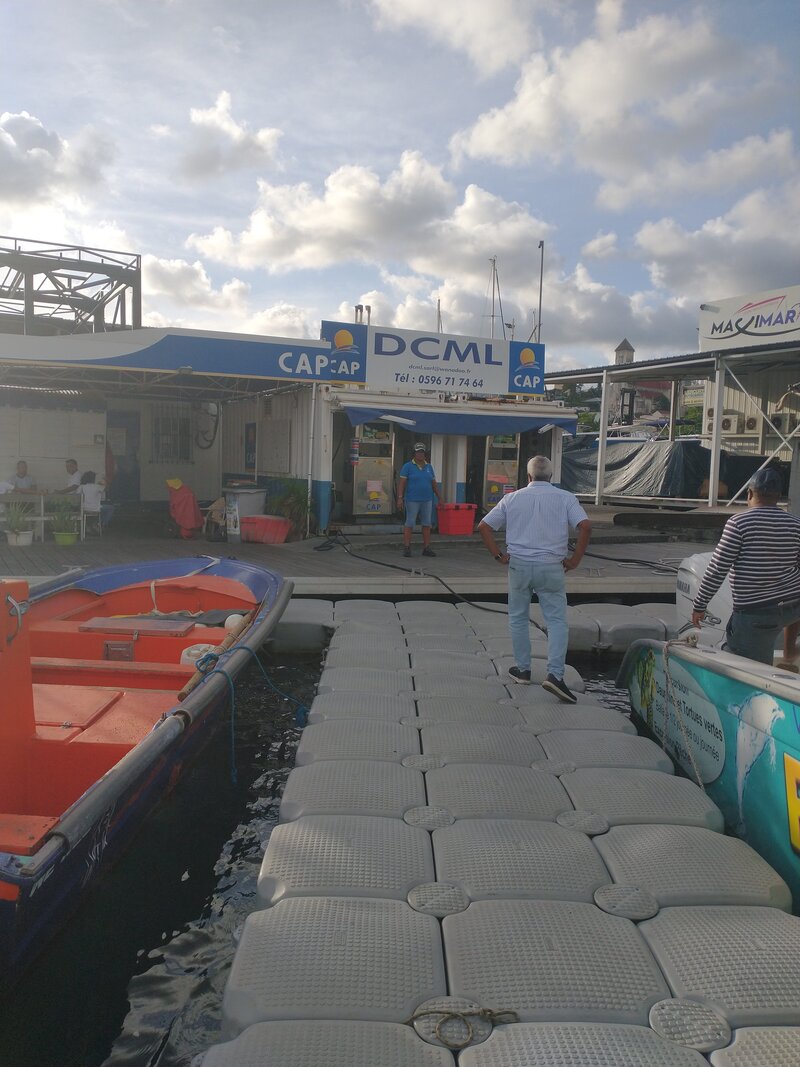
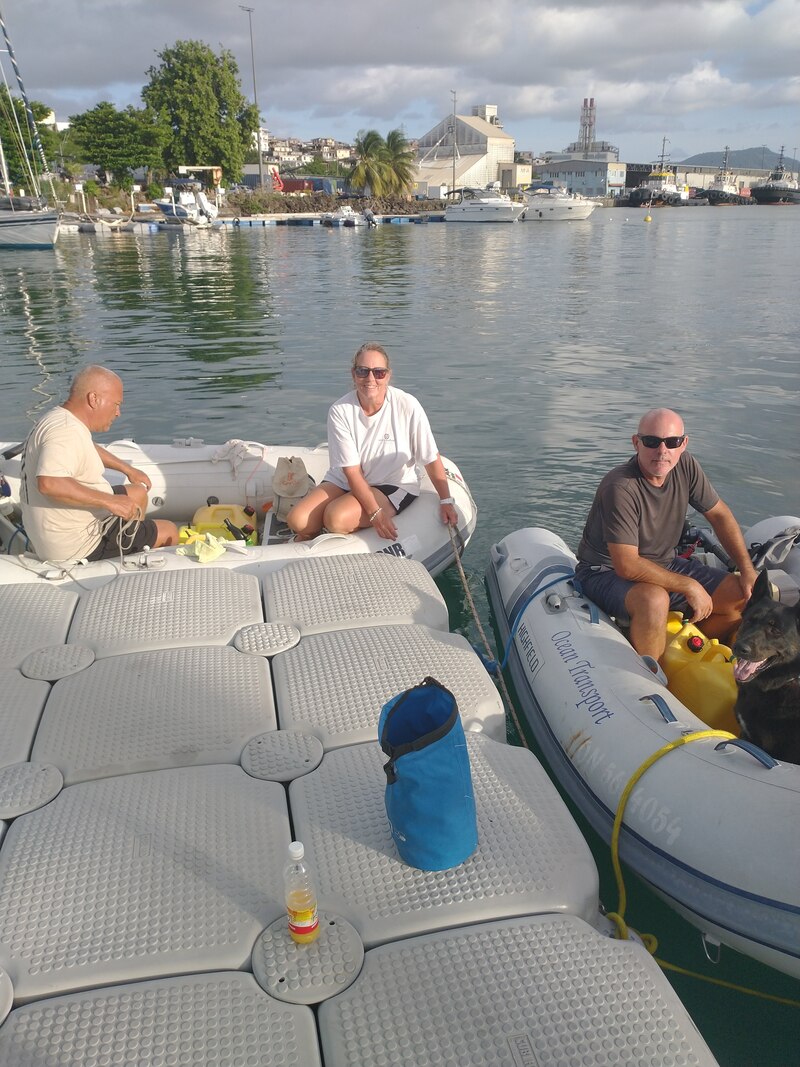
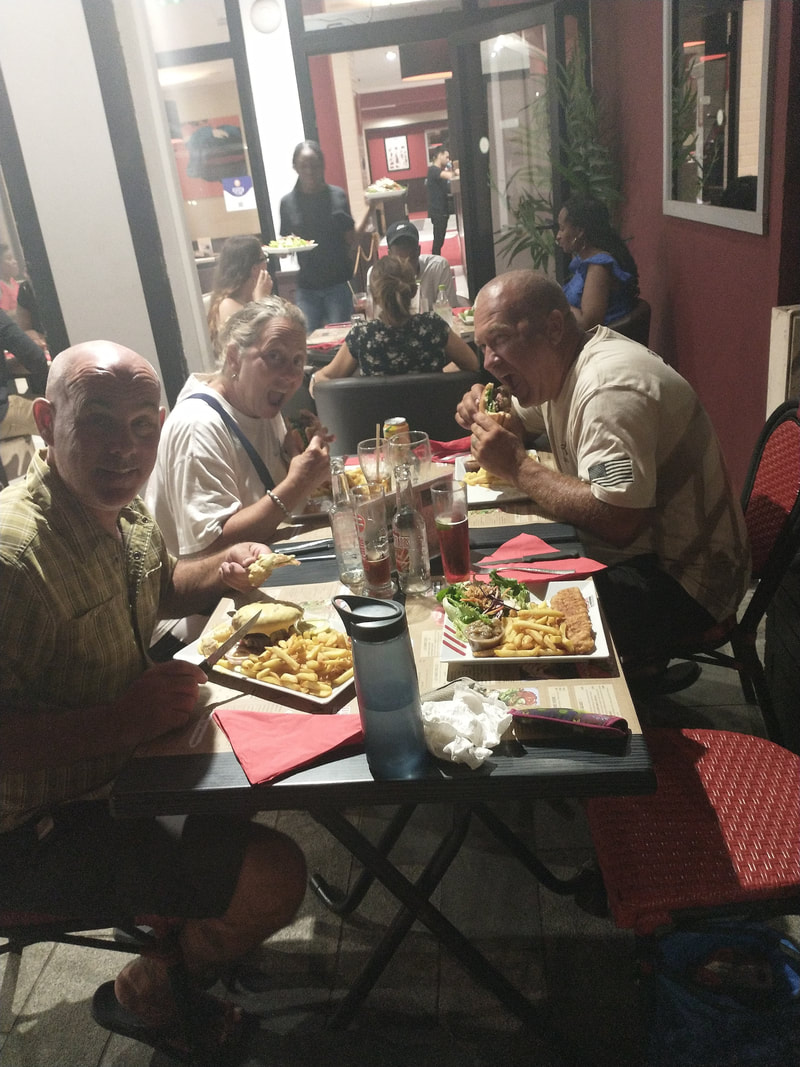
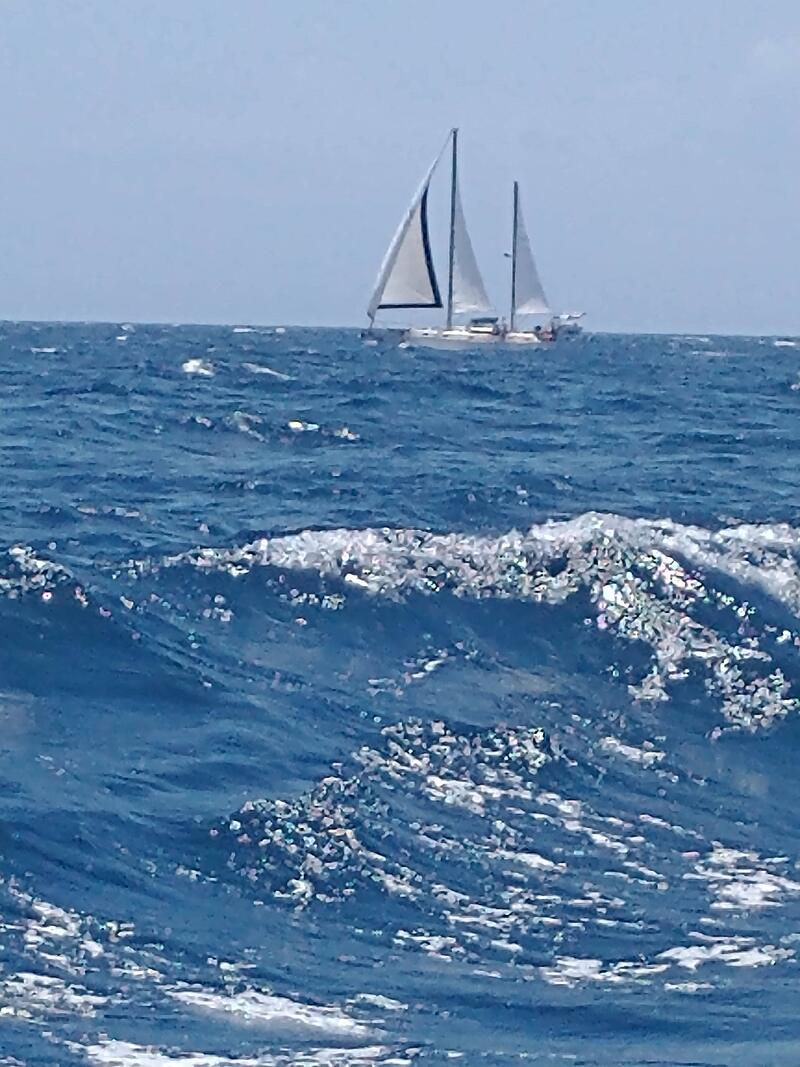
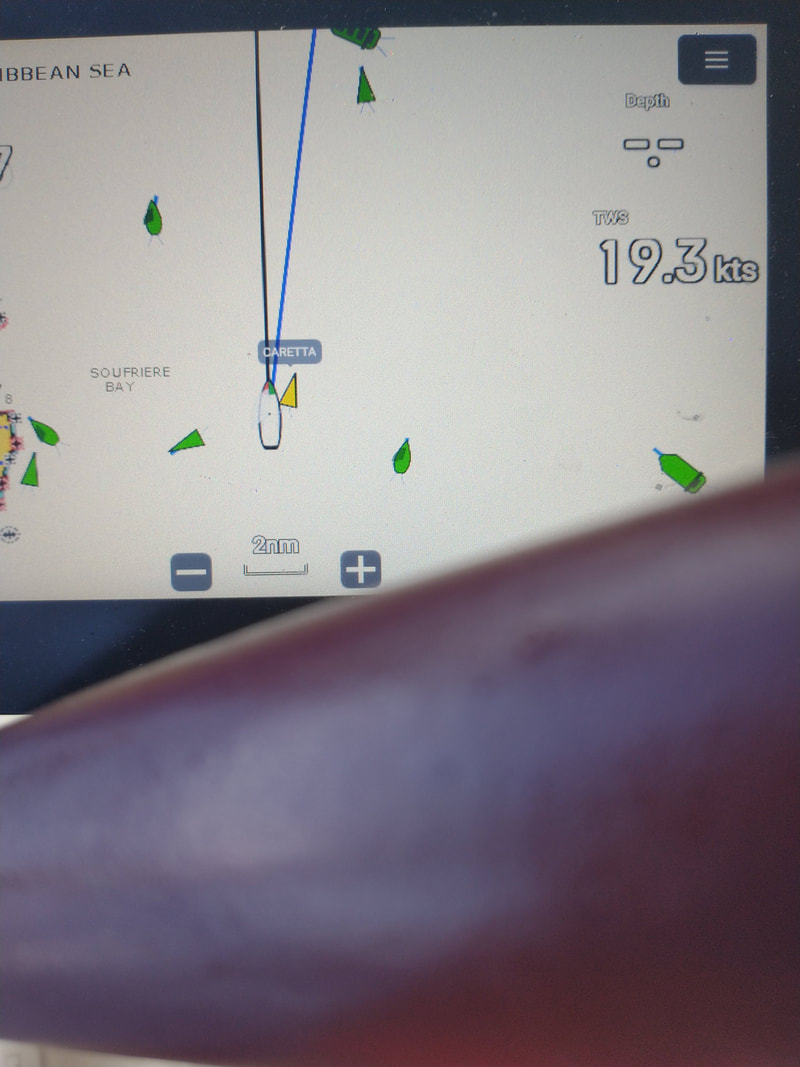
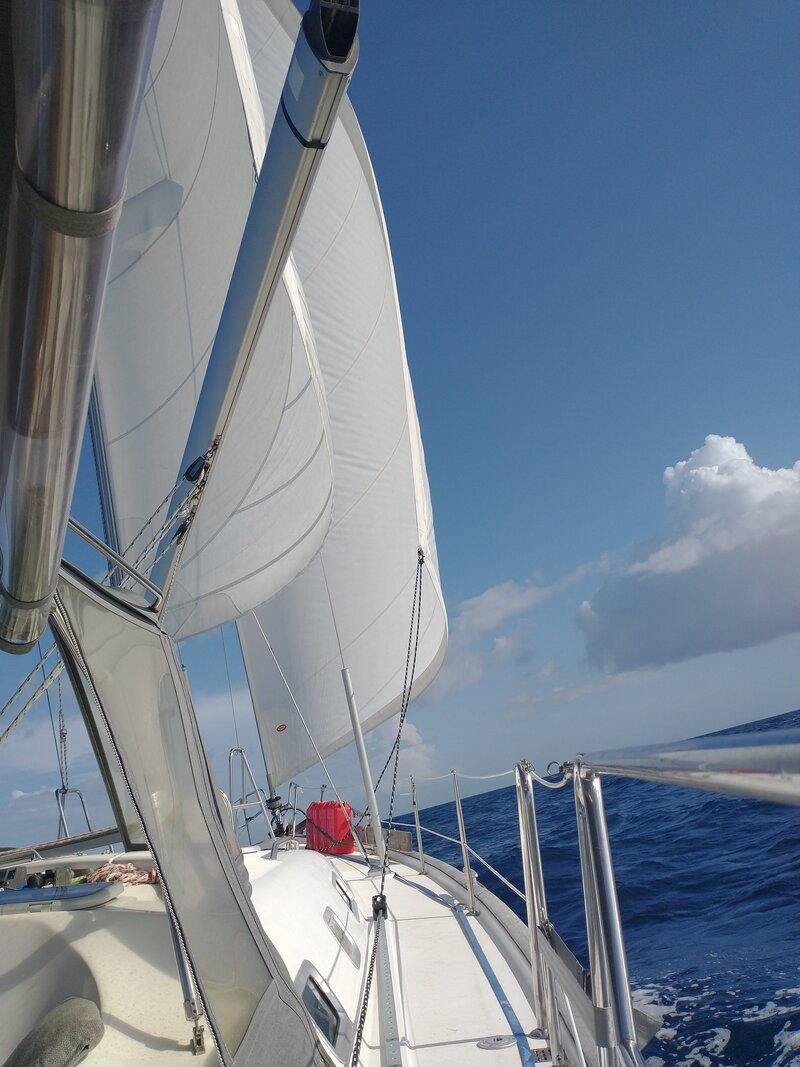
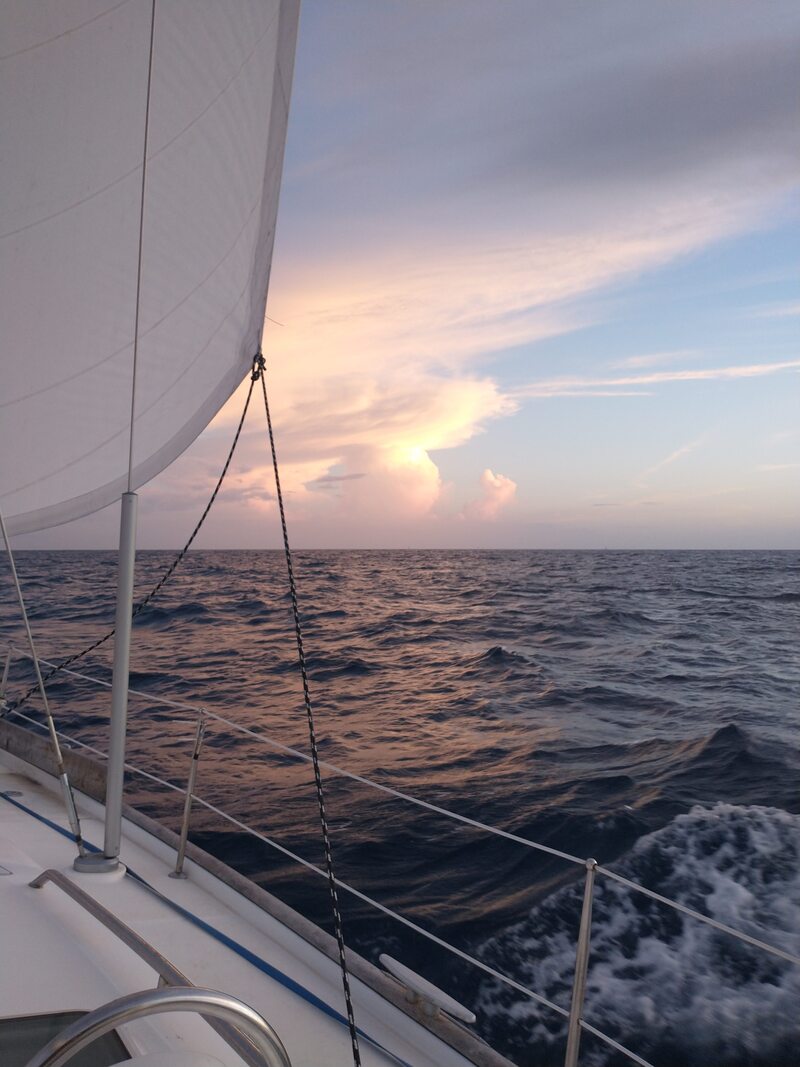
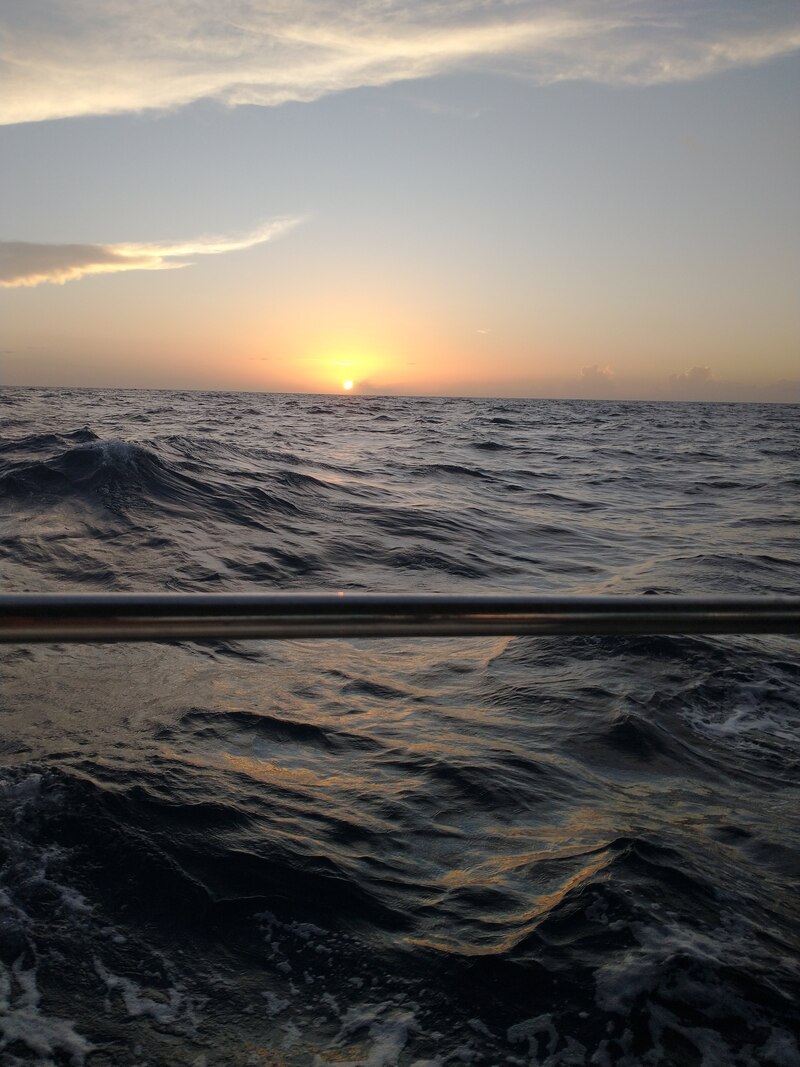
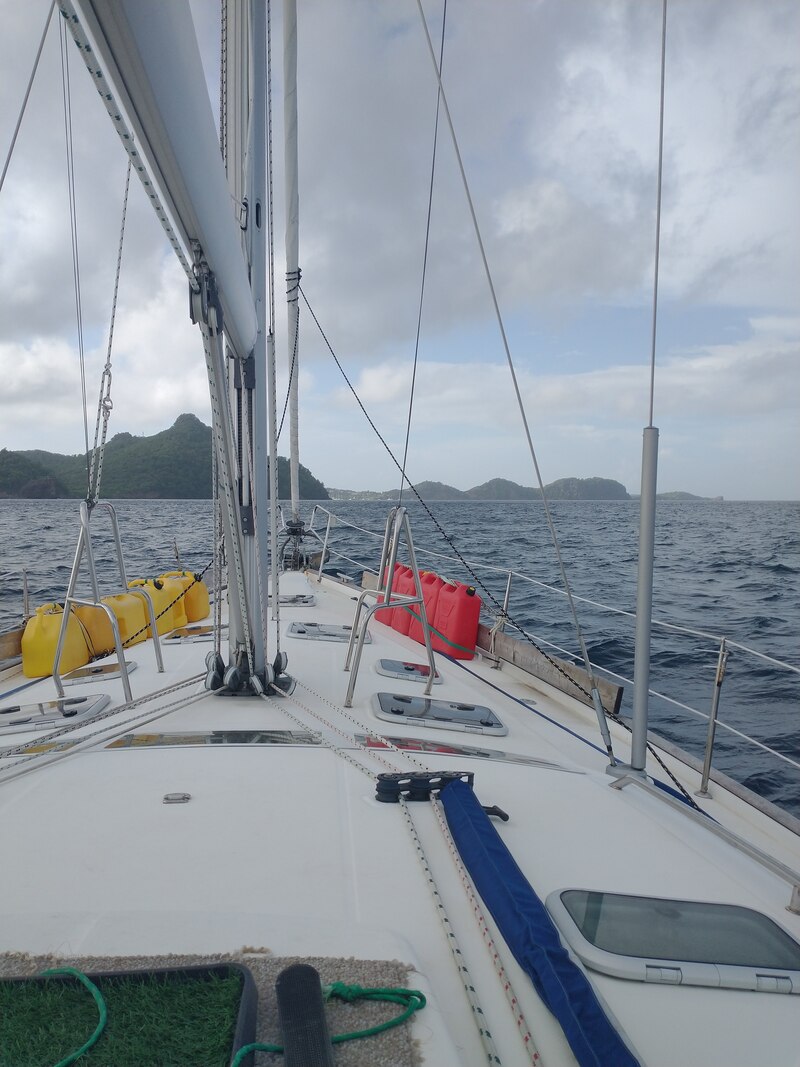
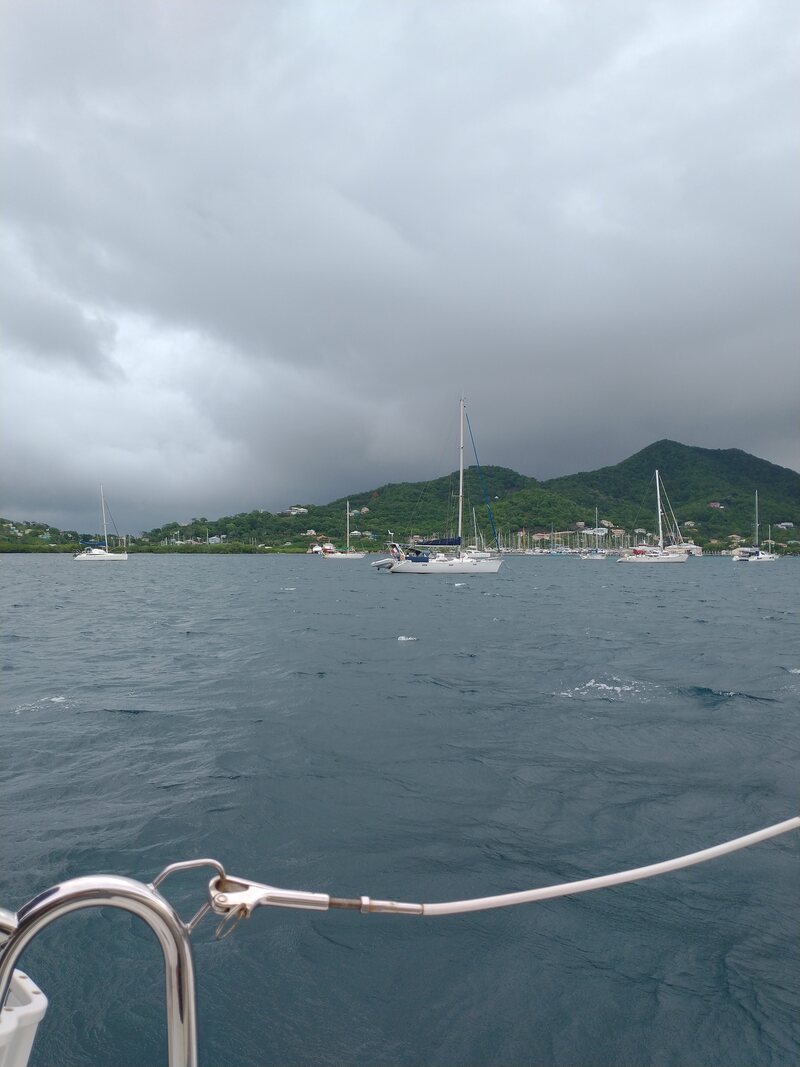
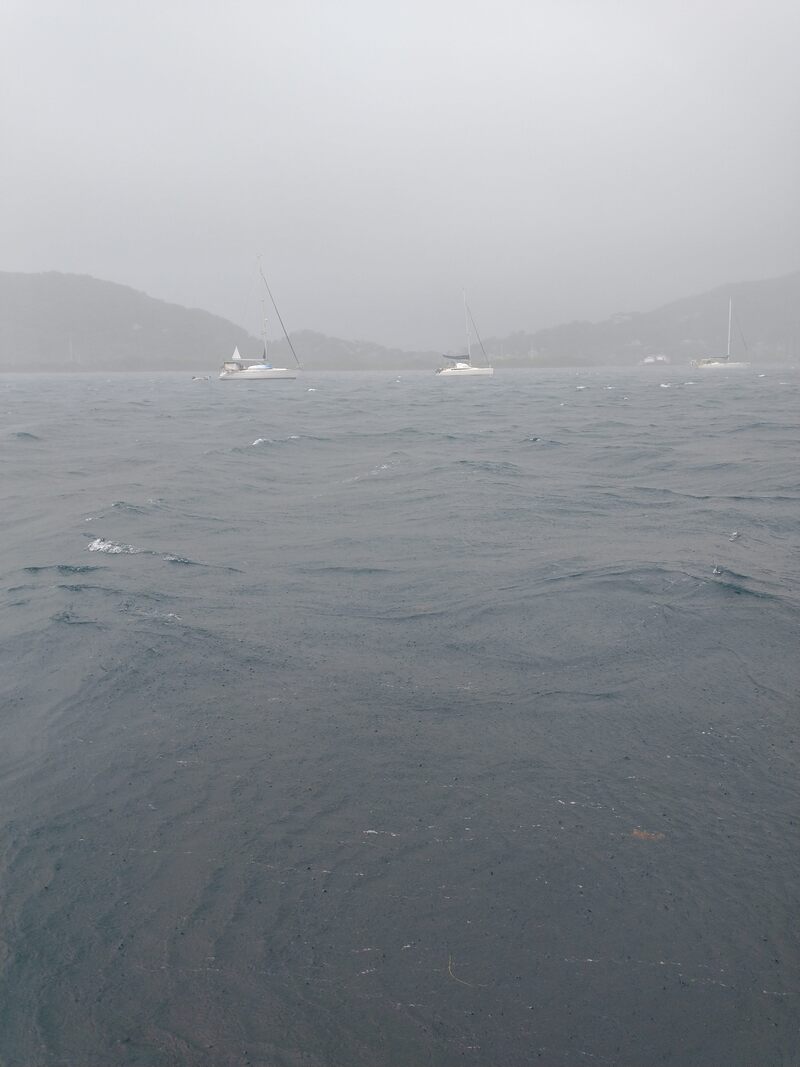
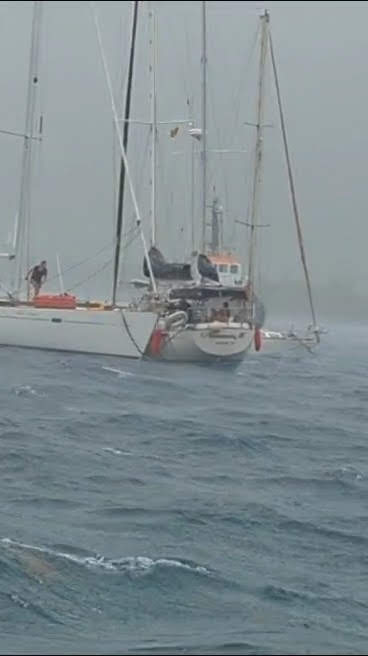
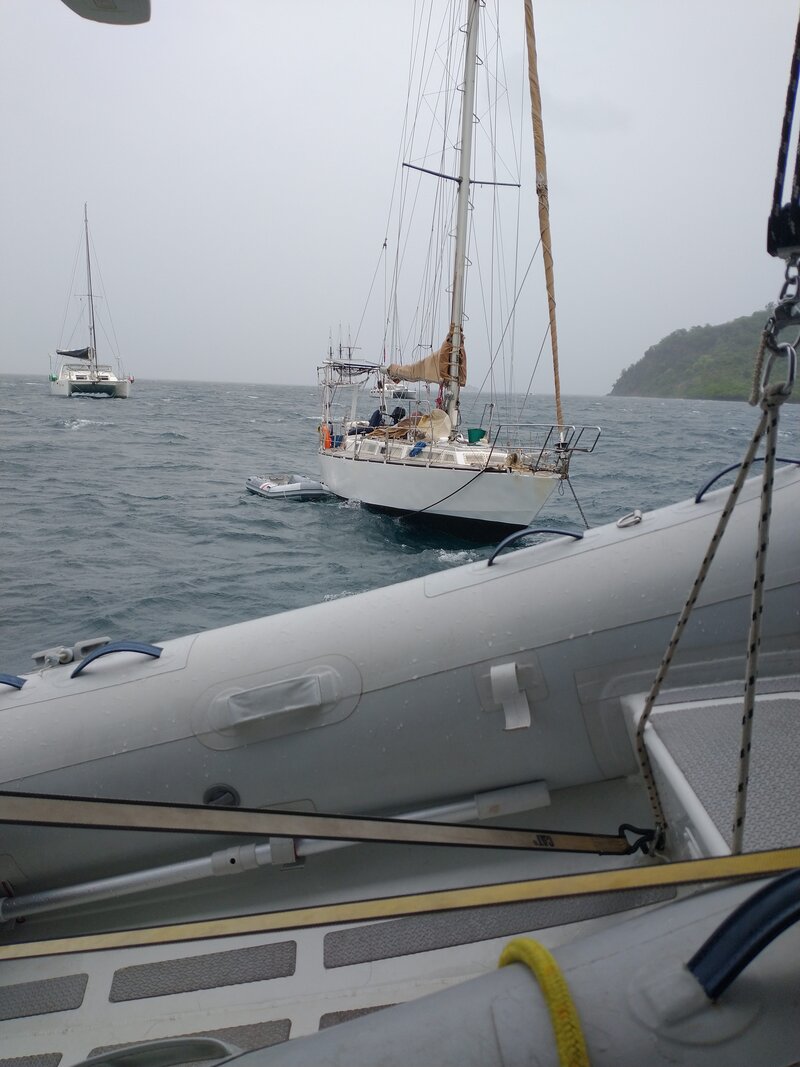
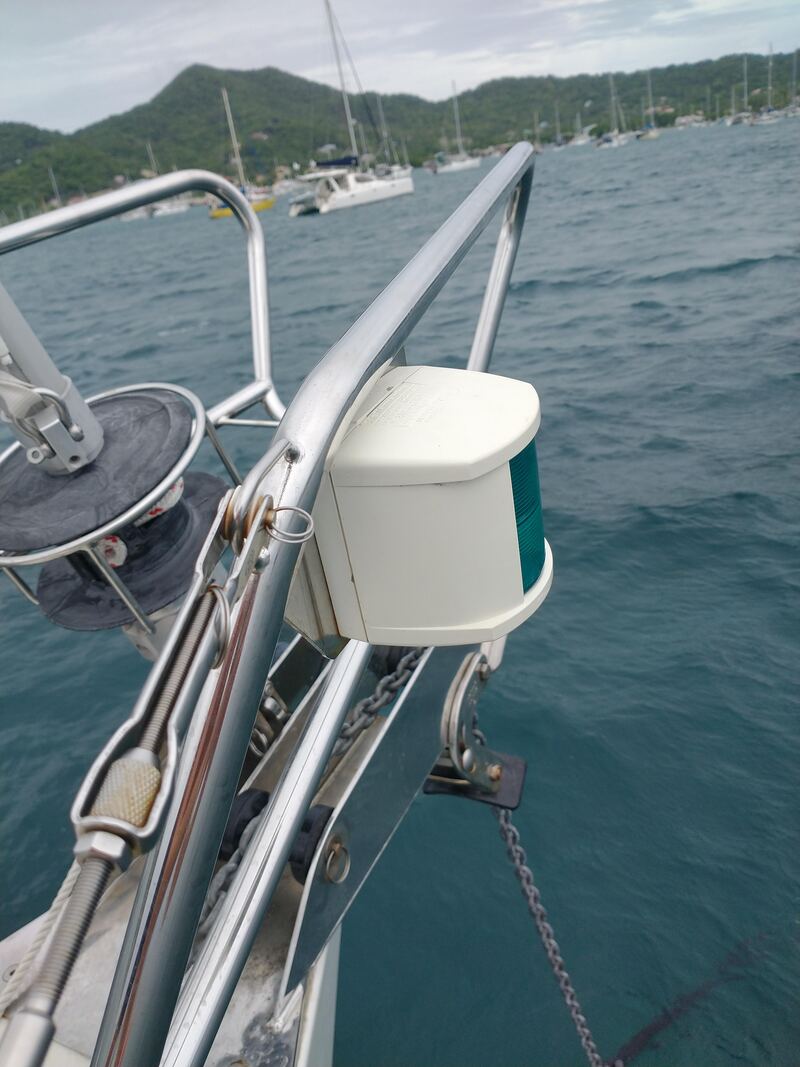
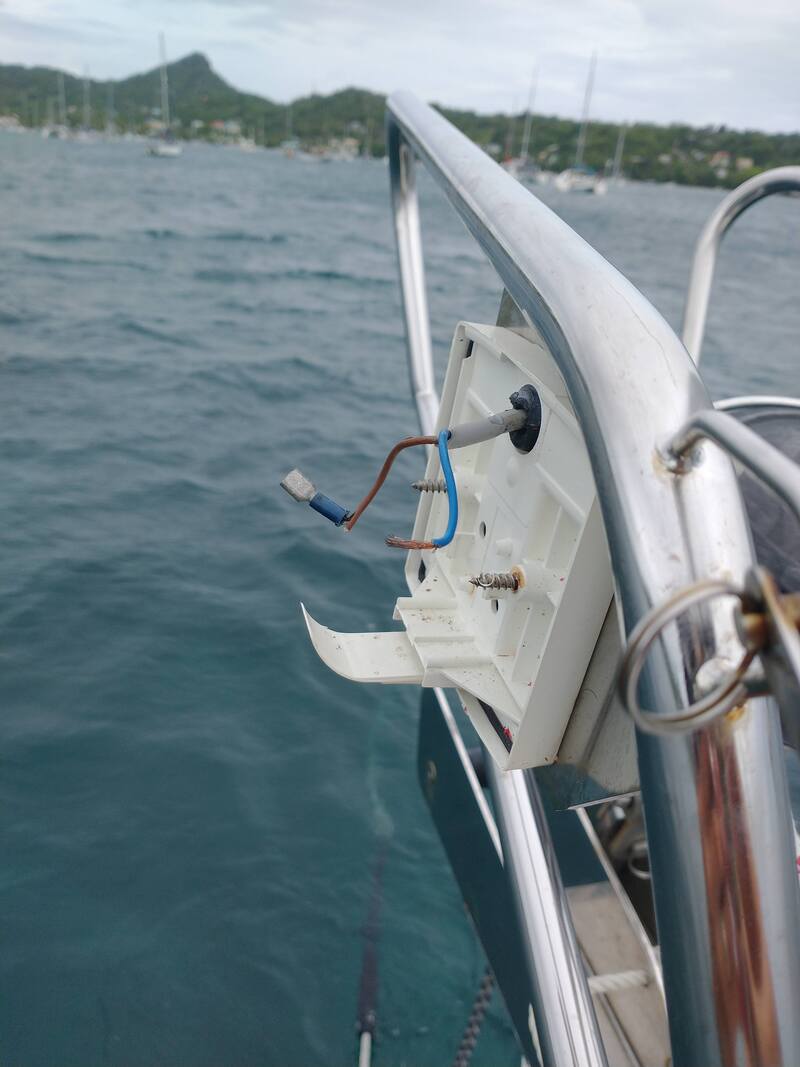
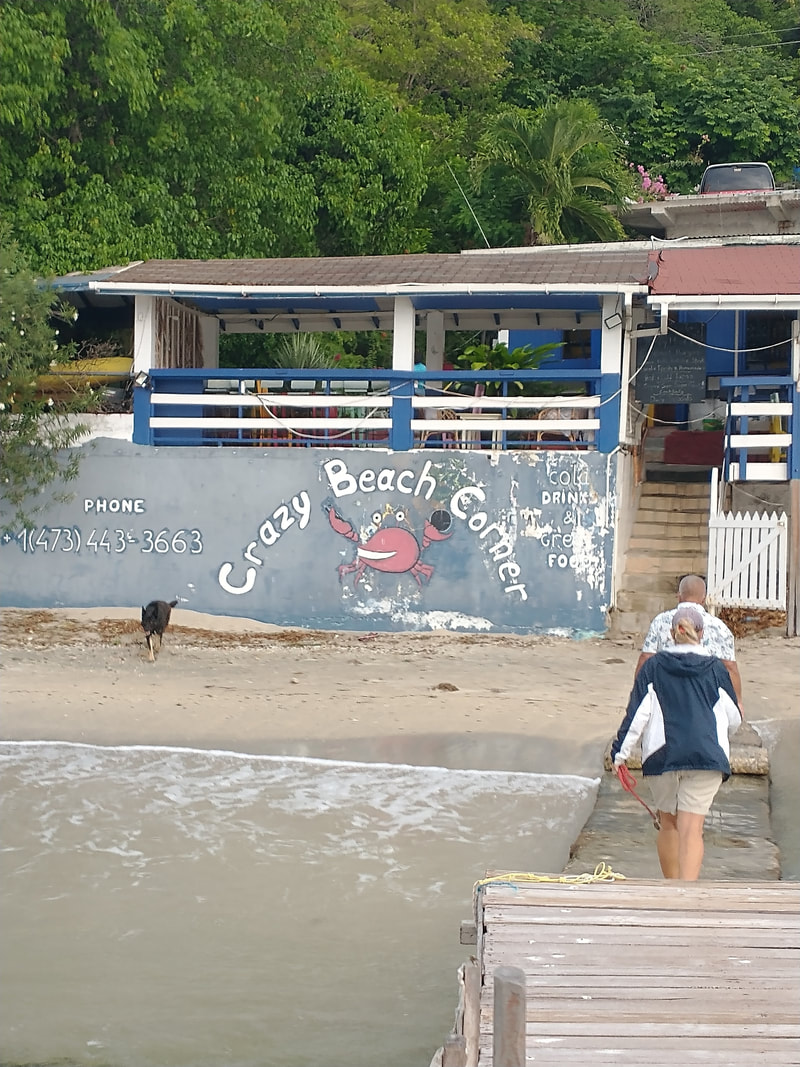
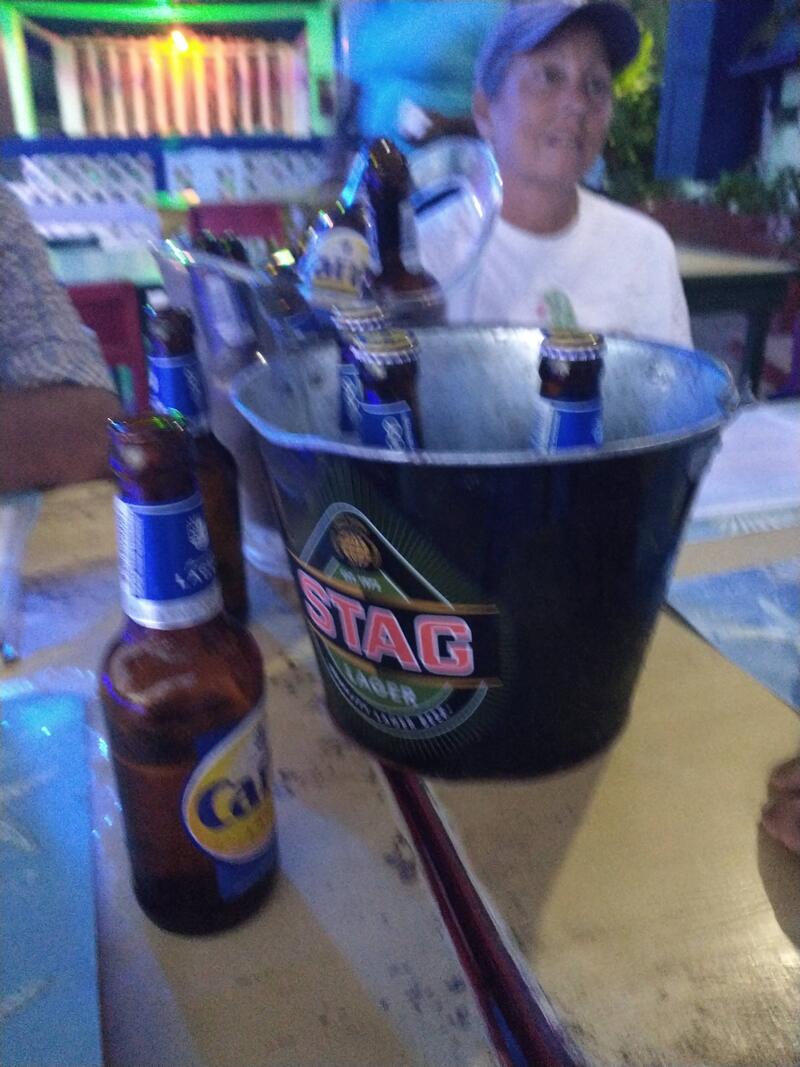
 RSS Feed
RSS Feed
